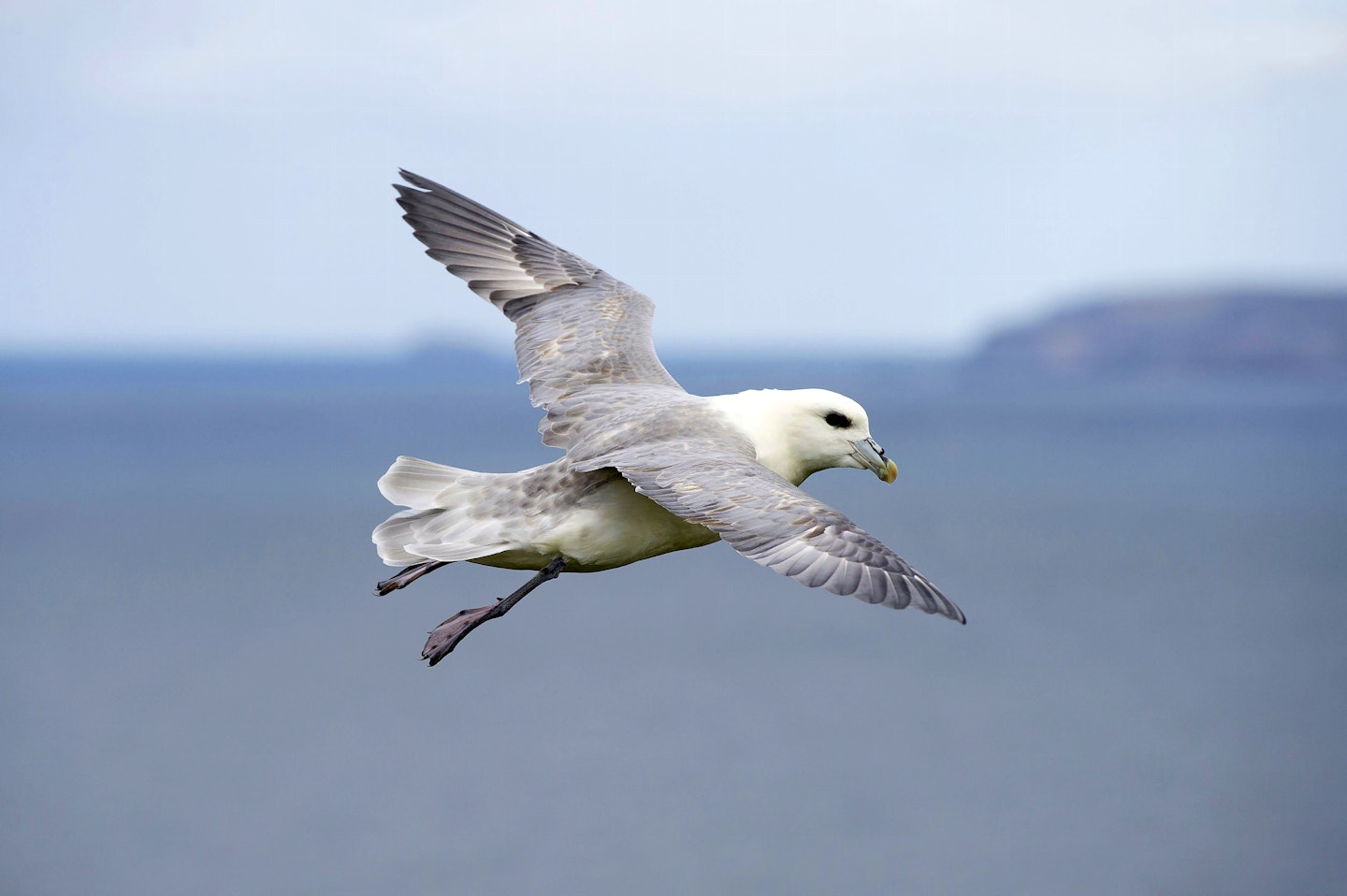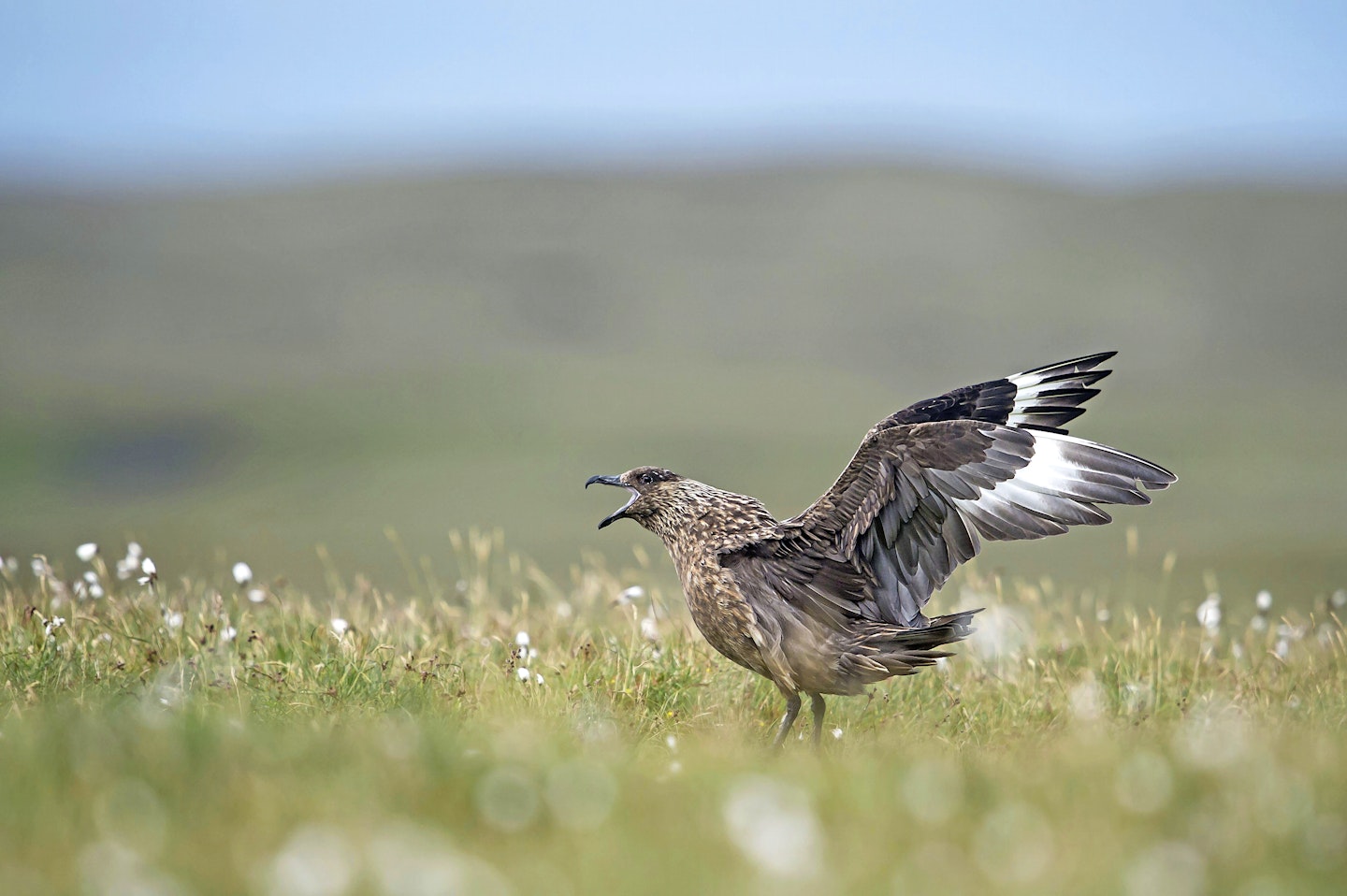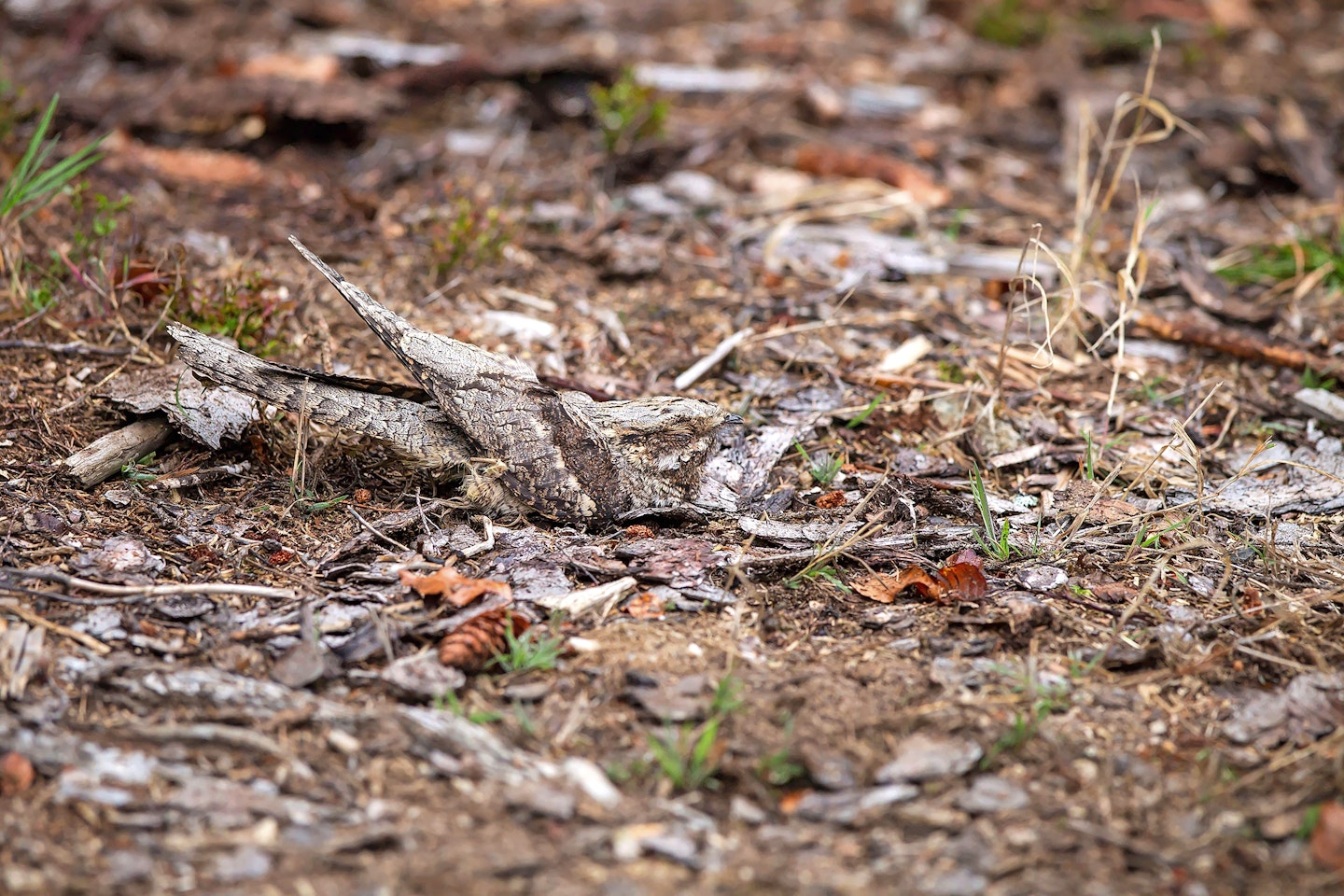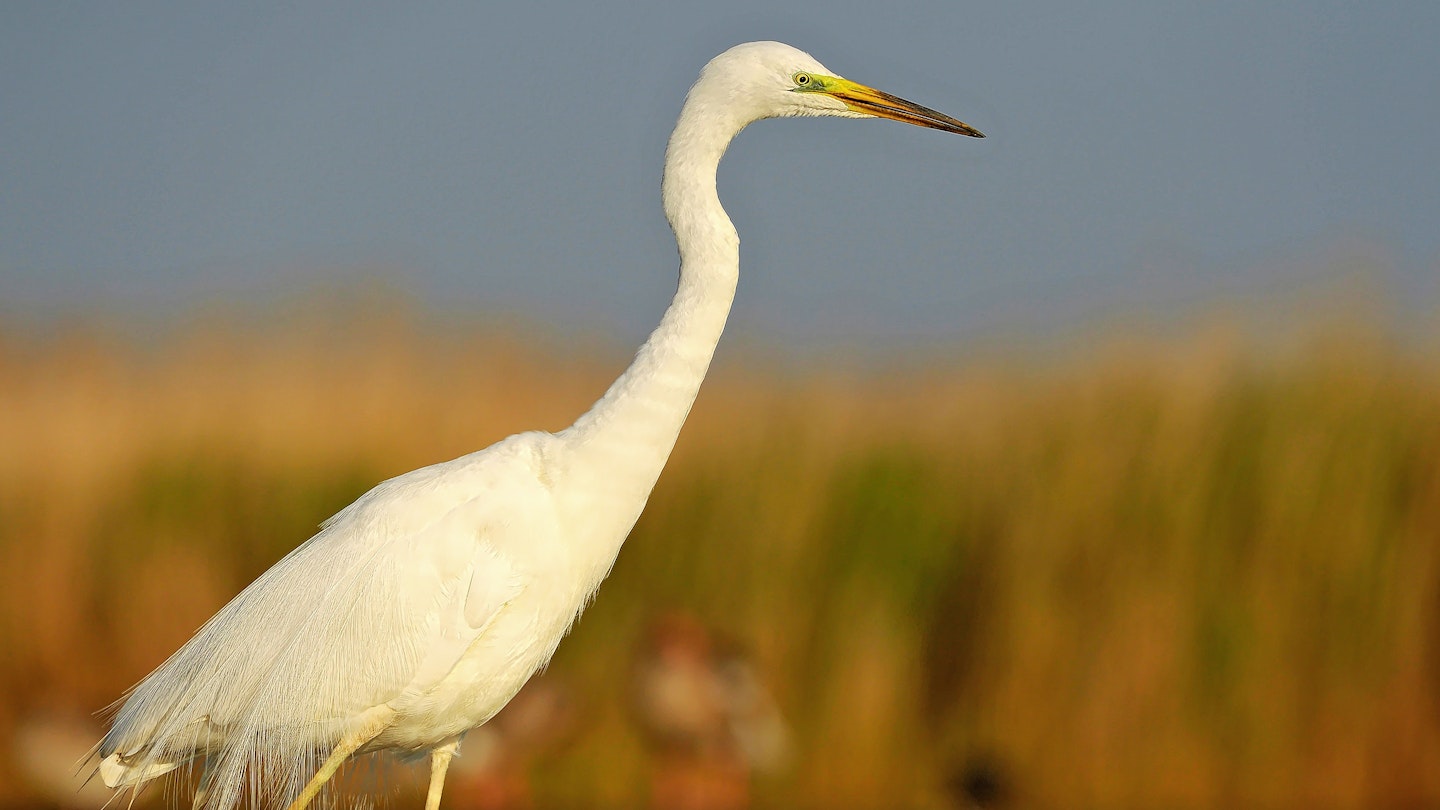Great White Egret (above)
Everyone knows that the easiest way of telling Great White Egrets from Little Egrets is the colour of the bill: orange-yellow in Great White, black in Little. Simple. But, in the breeding season, it is no longer the case. Great White Egrets’ bills turn largely black when in peak breeding condition! So, instead concentrate on the very large size (often standing taller than a Grey Heron) and weird kink in the long thin neck. The UK population of this elegant white heron has grown massively in recent years, and in some areas of the country (like parts of north Somerset) they are ‘expected’ birds!

Fulmar
It is said that the somewhat gull-like Fulmar is the closest thing to an albatross we have to as a breeding bird in the UK. Of our four breeding ‘tubenoses’ it is comfortably our largest, with only the black-and-white Manx Shearwater even coming slightly close in size. The latter is also the only one that is remotely close in terms of number of breeding pairs (although the Storm Petrel and Leach’s Petrel have more breeding pairs in the UK than most of us would imagine). A remarkable 500,000 pairs of Fulmar nest on the cliffs of the UK. They are not hard to tell from gulls by their grey back, rump and tail and particularly their stiff-winged flight (and albatross-like eye and bill combination!).

Great Skua
Nearly 10,000 pairs of Great Skua nest in the UK. Most of the UK’s human population are blissfully ignorant of this, however, as the skuas nest in the north of Scotland and on the Northern Isles and Hebrides. They nest in loose colonies on the flatter, grassier areas away from the cliffs, but often close to where sea cliffs are filled with nesting birds (and therefore a supply of food for their chicks). Although they are renowned as ‘parasites’ of other seabirds, such as Gannets, pursuing them to make them regurgitate their fishy catch, Bonxies (as they are also called) readily eat smaller seabirds including auks. Great Skuas look like big, mean, long-winged immature gulls, brown and streaked with big white wing flashes and a dark bill. Brilliant birds!

Black-Throated Diver
A couple of hundred pairs of these handsome, elegant, medium-sized divers nest on undisturbed lochs in northern Scotland (feeding on the loch as well as nesting there). They are striking in summer plumage and unmistakable (in a UK context) if seen well: the head is grey, the throat black, with striped sides, the back chequered white on black. They are at their best in the breeding season, but be aware that they are easily disturbed, very shy birds, so watch from a distance or concealed in a hide, and with great caution.

Nightjar
One of our strangest birds, the Nightjar is renowned as much for its weird, ‘churring’ song, as for its buoyant, elegant flight action. They are notorious for being extremely hard to see in the daytime (being perfectly cryptically camouflaged) and for emerging just at it seems too dark to see anything clearly. This adds to the mystique of this crepuscular wonder bird! Nightjars are thinly distributed at suitable heathland and woodland-glade and moorland sites and are best sought at well-known localities. But be prepared to wait until it is already getting pretty dark!
